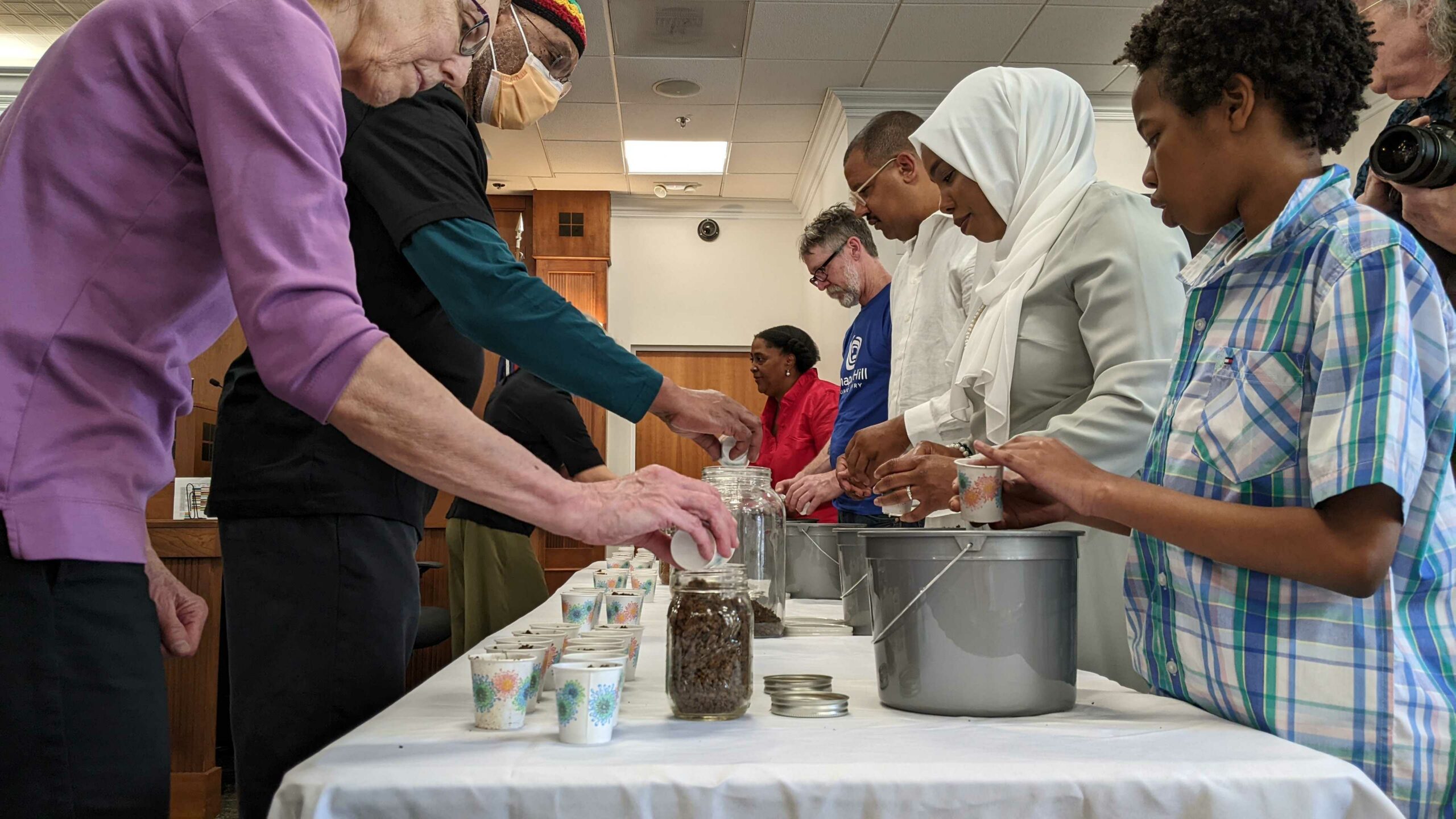Have you had enough of presidential candidates flying in and out of North Carolina looking for primary votes?
Wouldn’t it be nice if they came to see us after the election, like our first president, George Washington, who visited North Carolina soon after he took office?
Thanks to a new book by Warren Bingham, “George Washington’s 1791 Southern Tour,” we can follow that trip traveling in Washington’s shoes.
The new book explains that the president of the new country wanted to visit the different regions to promote unity after the recent bitter battles over adoption of the Constitution had left divisive feelings in states like North Carolina.
Because the book follows Washington’s travels day-by-day with detailed information about each stop, it provides a nice itinerary for a modern traveler who wants to see our state the way George Washington did.
Coming from Virginia, Washington’s first stop was at Halifax along the Roanoke River, a few miles south of today’s Roanoke Rapids. Halifax was an important place, a center of politics and commerce. It was the home of William R. Davie, a founder of the University of North Carolina and a strong advocate of the nation’s new federal constitution. The state’s leading opponent of that constitution, Wiley Jones, also lived there.
Thanks to the old town’s status as a historic site, some of the buildings that Washington saw and visited in April 1791 are still there.
From Halifax Washington’s party made its way to Tarboro where he was underwhelmed by a one-gun salute. But he must have been impressed by the lovely town commons established in 1760. Still in existence, it is on my list of must-experience places.
In New Bern Washington dined and danced at the Tryon Palace, now rebuilt and restored for modern visitors to enjoy.
After a long passage through longleaf pine forests, the party arrived in Wilmington, then the state’s largest city. “Though it was Easter,” writes Bingham, “Washington did not attend a church service.”
The DuBois Boatwright House at 14 South Third Street and the Mitchell-Anderson House at 102 Orange Street are among the few existing buildings that Washington might have seen in 1791.
From Wilmington, the party moved into South Carolina on April 27. After a few weeks in South Carolina and Georgia, the party came back into North Carolina on Saturday, May 28. That was after, writes Bingham, “the president reluctantly met with Catawba Indian leaders” who were concerned, with good reason, about losing their lands which covered areas now occupied by Rock Hill and Fort Mill.
In his diary entry for May 28, Washington wrote, “Charlotte is a very trifling place.” His host was Thomas Polk, great-uncle of future president James K. Polk. President Polk’s birthplace in nearby Pineville, built in 1796, can give an idea of the modest buildings Washington saw while in Charlotte.
After a stop at Martin Phifer’s farm near Concord, the group arrived in Salisbury on May 30. Now in a hurry to get back home, Washington left the next day at 4 a.m., crossing the Yadkin River at Long’s Ferry where “ferryman’s Alexander Long’s fine home from 1786 still stands.”
Then Washington sped to Salem, where he spent two nights enjoying Moravian hospitality in buildings that modern travelers may still visit.
After a short visit to the Guilford Courthouse battlefield, Washington headed home. Shortly after crossing into Virginia on June 4, he wrote that the people he had visited “appeared to be happy, contented and satisfied with the genl. governmt. under which they were placed. Where the case was otherwise, it was not difficult to trace the cause to some demagogue, or speculating character.”
Did they have demagogues back then, too?






Comments on Chapelboro are moderated according to our Community Guidelines